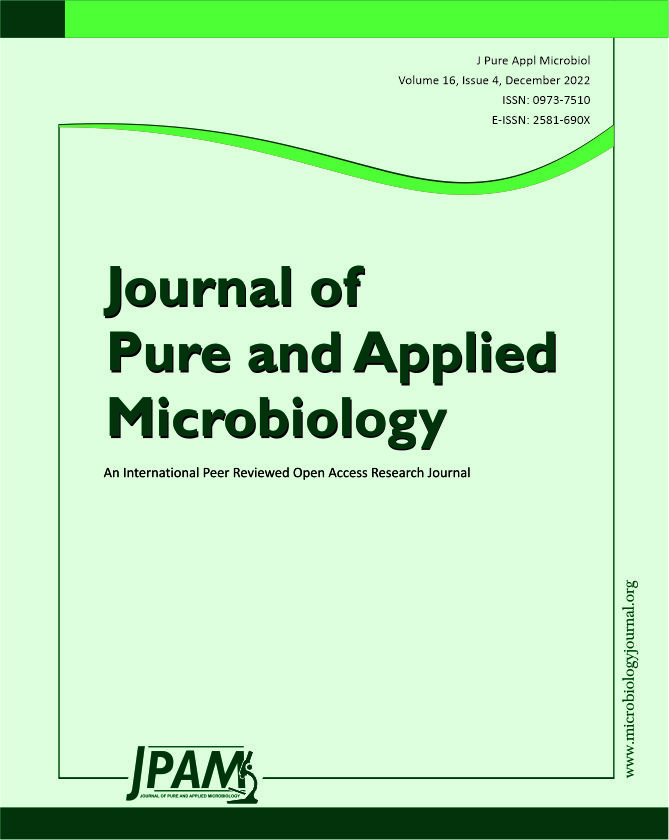Prior to the Severe Acute Respiratory Syndrome Coronavirus Disease 2 (SARS-CoV-2) pandemic, the rise in antimicrobial resistance was a major source of concern in public health. However, due to the novelty of SARS-CoV-2 infection during the pandemic, antibiotics were administered prior to laboratory testing for secondary gram-negative bacteria (SGNB) in order to avoid or reduce the occurrence of SGNB infection. The purpose of this study was to investigate the etiology, prevalence, and antimicrobial susceptibility pattern of gram-negative bacteria (GNB) isolated from SARS-CoV-2 positive patients. Respiratory and blood samples were collected from confirmed SARS-CoV-2 positive patients. They were subsequently cultured and bacterial isolates identified according to standard microbiological protocols. Antimicrobial susceptibility testing (AST) was performed and interpreted according to Clinical & Laboratory Standards Institute (CLSI) 2021 guidelines. A total of sixty-four non-repetitive GNB were isolated from respiratory samples and twenty-two GNB from blood samples. K. pneumoniae was the major cause of SGNB, followed by Acinetobacter species. K. pneumoniae had over 60% resistance to β-Lactam combination agents, cephalosporin, and the carbapenem group of antibiotics. In the current study, we observed that K. pneumoniae was the major cause of SGNB and had high resistance to the antimicrobial agents. Hence, it is important that the epidemiology and susceptibility patterns of circulating organisms causing SGNB infection are always monitored to inform clinical treatment and decrease the occurrence of antibiotic-resistant bacteria.
Antimicrobial Susceptibility Patterns, Gram Negative Bacteria, Multidrug-resistance, SARS-CoV-2
© The Author(s) 2022. Open Access. This article is distributed under the terms of the Creative Commons Attribution 4.0 International License which permits unrestricted use, sharing, distribution, and reproduction in any medium, provided you give appropriate credit to the original author(s) and the source, provide a link to the Creative Commons license, and indicate if changes were made.


